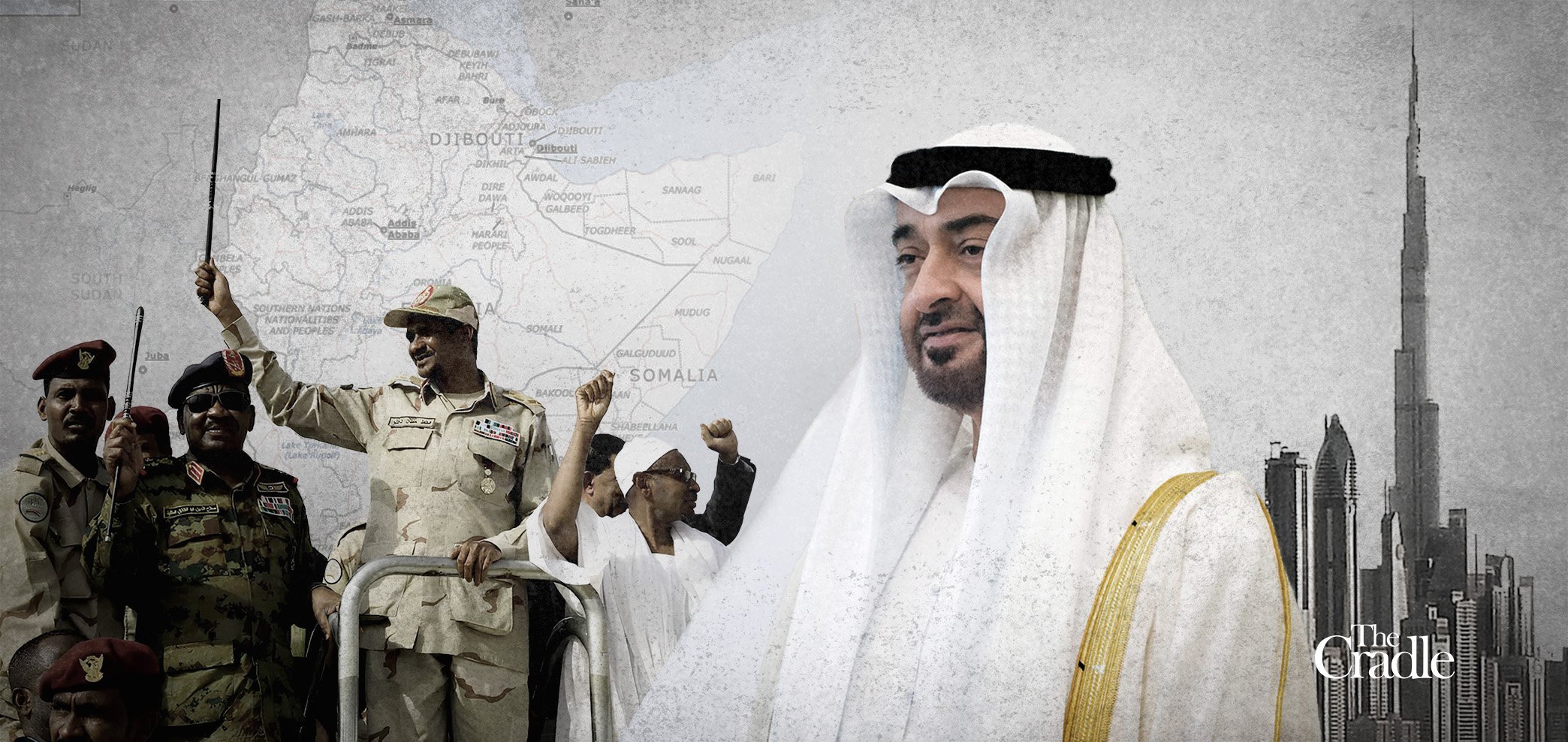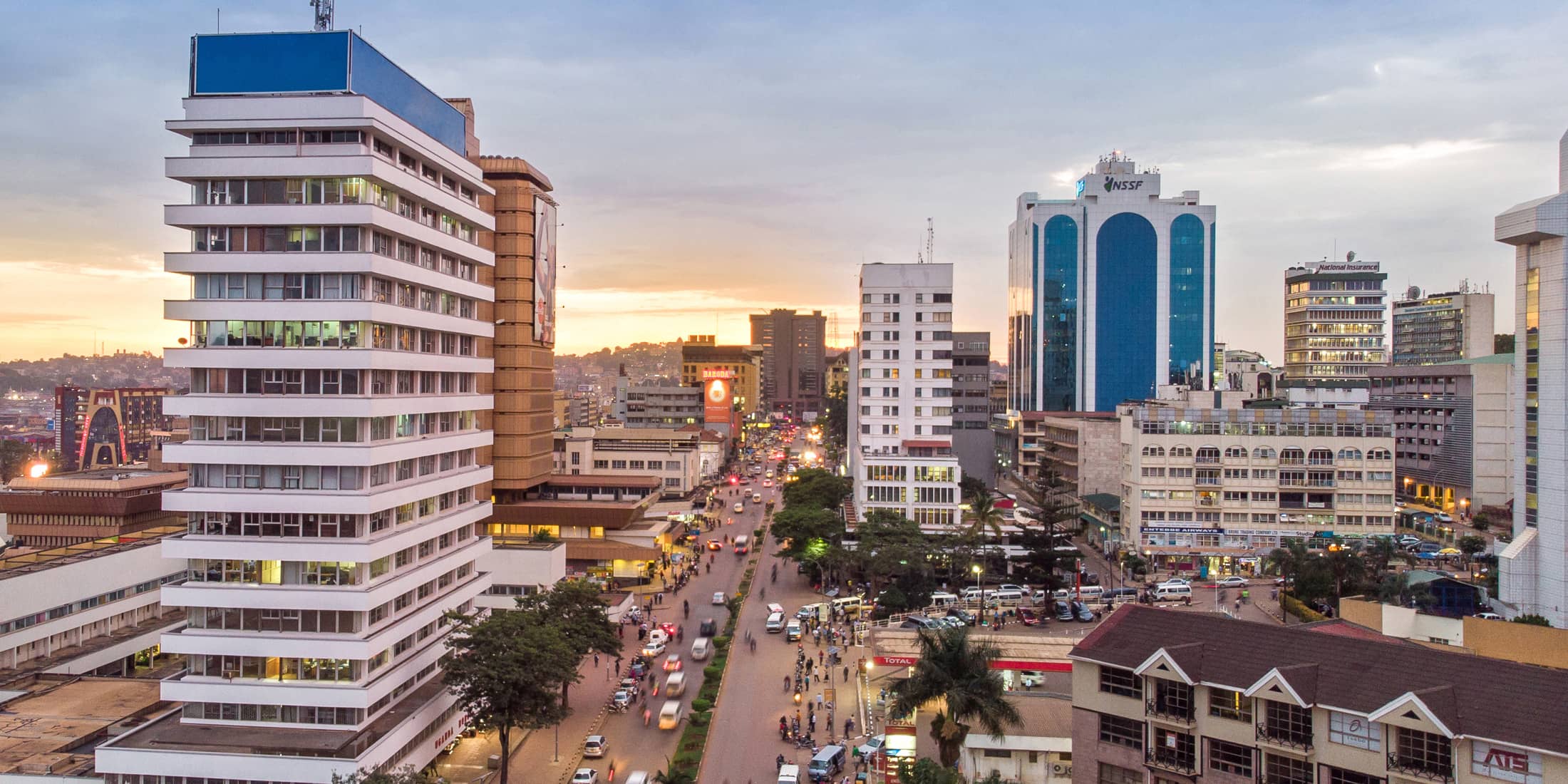Share the post "UAE’s sub-imperial project: Erecting a covert empire across the Red Sea.."
Since 2015, the UAE has abandoned its historical posture of neutrality in favor of assertive regional entanglements. This transition coincided with the rise of Mohammed bin Zayed Al-Nahyan (MbZ) to the position of commander of the armed forces and, eventually, the presidency, Under his leadership, the UAE accelerated a strategy that fuses militarization with aggressive branding of soft power. This transformation builds upon military capability developments initiated in the 1990s and expanded rapidly post-2011, intensifying even further after 2015.
Abu Dhabi established military bases, armed and financed allied factions, raised mercenary armies, and intervened directly in conflicts – most notably in Yemen and across the Horn of Africa – while simultaneously promoting a national image of modernity and openness.
Ports, profit, and proxy militias
To entrench its influence, the UAE has adopted a dual strategy of economic penetration and military entrenchment. Through investment vehicles such as DP World, Abu Dhabi has taken control of vital maritime routes, setting up logistical hubs, training camps, and bases in fragile and fragmented states. These initiatives target strategic chokepoints along the Red Sea and the Indian Ocean, notably Bab al-Mandab and the coasts of Yemen and the Horn of Africa, under the guise of ensuring maritime security.
He highlights the UAE’s $60 billion investment footprint in Africa, placing it just behind China, the EU, and the US in foreign investment rankings. Beyond port development, these investments include logistics, supply chains, energy, agriculture, and mineral extraction, particularly in countries with weak governance and oversight.
Abu Dhabi’s approach weaves together economic ventures and militarized interventions in a coordinated manner that allows it to neutralize rival ports and assert control over pivotal hubs like Djibouti, Aden, and Port Sudan. These efforts reflect strategic ambitions to monopolize regional trade arteries and reinforce its leverage in global shipping.
The Horn of Africa: Abu Dhabi’s militarized corridor
The Horn of Africa has become a crucial arena for UAE projection. In Eritrea, Abu Dhabi established its first overseas military base by leasing the port and airport of Assab for 30 years. DP World upgraded the site, which became a hub for launching drones and deploying ground forces during the Yemen war.
This positioning formed part of a strategy to close the western gate of the Red Sea while securing the eastern gate through the Yemeni port of Mokha.
In Somalia, the UAE capitalized on tensions between the federal government in Mogadishu and the breakaway region of Somaliland. It leased Berbera’s port and airport despite Mogadishu’s opposition, transforming them into integrated military and intelligence facilities.
In Puntland, it took over the Bosaso port and backed factions hostile to the central government. These interventions turned the region into a base for Emirati power projection, reportedly including UAE–Israeli coordination to recognize Somaliland in exchange for a military foothold.
Sudan: A battleground of plunder and control
Sudan, with its 700-kilometer Red Sea coastline, is critical to UAE ambitions in the region. The strategic location makes it a prime candidate for Emirati port control. Yet, efforts to hand over Port Sudan to DP World were fiercely resisted by the Sudanese Ports Authority and trade unions, which rejected privatization efforts as neocolonial encroachment.
The UAE’s involvement in Sudan goes deeper. It has been accused of supporting the Rapid Support Forces (RSF), a paramilitary group implicated in war crimes and human rights violations. The RSF’s military campaigns in Darfur and beyond, marked by killings and displacement, have prompted Sudan to file an unsuccessful case against the UAE at the International Court of Justice (ICJ) in March 2025.
Gold smuggling forms another layer of this conflict economy. As one regional analyst, who requested anonymity, “About 80 percent of Sudan’s smuggled gold is destined for the UAE, where it is re-exported to international markets, making it the biggest beneficiary of this trade. This trade is used to finance the war, especially by the Rapid Support Forces, which manage their financial operations from Dubai, in the absence of effective Sudanese supervision”
Yemen: Abu Dhabi’s imperial springboard
But, by far, the UAE’s most entrenched expansion has been in Yemen. Under the initial cover of fighting alongside the Saudi-led coalition, Abu Dhabi has since branched off, methodically building its influence across the country’s coasts and islands.
After securing control over Aden, it expanded eastward to Mukalla, Shihr, and the ports of Hadhramaut, asserting authority over the Arabian Sea. On the Red Sea side, it took over Mokha port after failing to penetrate Hodeidah, which remained under Sanaa’s control.
The UAE’s ambitions extend to Yemeni islands. Socotra, with its strategic location, was turned into a military and intelligence base following Emirati–Israeli coordination. Since Operation Al-Aqsa Flood in October 2023, efforts to consolidate this presence have intensified. In February 2024, an Emirati company controversially acquired Socotra’s airport, prompting popular outrage.




